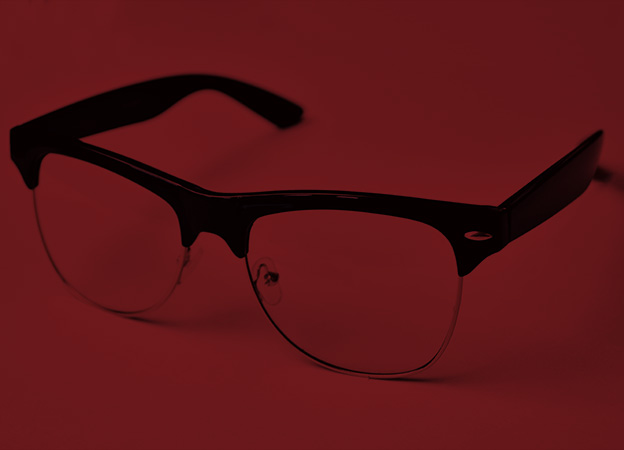What to Expect at Your
Wise Eyes Optical Eye Examination
At Wise Eyes Optical, our team of professionals is here to help keep your eyes healthy and your vision clear. At your first visit, we will collect information about your vision history to help us understand and treat any vision or eye problems you may be experiencing, as well as determine your risk of developing eye disease.
To assist your eye doctor, please let us know if you are experiencing any eye issues right now or if you have in the past. If you currently wear eyeglasses or contact lenses, please bring them with you and let us know if you are satisfied with your current prescription. If you have had eye surgery in the past or if you or anyone in your family has high blood pressure, diabetes, heart disease, or other medical conditions, please let your optometrist know.
Eye Tests & Visual Evaluations at Wise Eyes Optical
A series of one or more tests may be completed as part of your Wise Eyes Optical examination. The specific testing will be based on your individual needs. If you wear contacts, please be prepared to remove them for the testing procedures. Your eyes may be dilated as part of your exam, so you may want to consider having a friend or family member drive you home. Bright lighting may be uncomfortable until your pupils return to their normal state. Some of the tests you may be offered include evaluations of:
Visual Acuity – To determine how well you see at a distance, you may be asked to identify letters on a Snellen chart or digital screen. The letters become smaller as you move further down the chart. A card with letters similar to those viewed at distance may be held at reading distance to test your near vision, as well.
Refraction Assessment – Your eyes may be examined for any errors of refraction with a computerized refractor or a handheld light. If light waves become distorted as they pass through your cornea and the lens of your eye, the focus on your retina may be blurry. If any error is detected, you may be asked to look through a phoropter. This mask-like device contains various lenses to determine which combination will produce the best vision for you.
Perimetry Visual Field Testing – Several tests are used to determine whether you are having any difficulty seeing in your overall field of vision. The confrontation exam will have you cover one eye and look straight ahead. You will alert the eye doctor when you see an object enter your view. Automated perimetry testing involves you looking at a screen that contains blinking lights. You will be asked to press a button when you notice one of the lights blink. During the tangent screen examination, you will be asked to look at a target in the center of a screen and alert the doctor when you notice an object enter and leave your peripheral vision.
Eye Muscle Testing – The muscles that control eye movement are examined by having you follow a moving object with your eyes to determine if muscle weakness, poor coordination or control are present.
Tonometry Screening for Glaucoma – The pressure of the fluid inside your eye may be tested to help screen for glaucoma, a condition that can damage the optic nerve. Applanation tonometry involves the application of fluorescein and anesthetic drops to numb your eye. The tonometer will briefly touch your cornea to measure eye pressure with the aid of the slit lamp. The procedure is painless. Alternately, non-contact tonometry may be used. This method involved blowing a brief puff of air at your cornea to help determine the intraocular pressure. Although it may be startling, the procedure is also painless.
Retinal Examination – For this exam, you will be given eyedrops to dilate your pupils to enable your doctor to view the back of your eye (your retina, optic disc, and blood vessels). A bright beam of light will be used to view these structures in detail.
Slit-lamp Examination – A dye is used to color the tear film covering your eye to reveal any damage to the surface of your eye. The dye will be washed away within a few minutes by your tears. The slit-lamp microscope will be used to carefully examine the exterior surfaces of your eye (cornea, eyelids, lashes, lens, and the chamber of fluid between the cornea and iris) for any signs of damage or disease.
Color Vision Assessment – You will be shown a series of patterns of colored dots and asked to identify shapes, numbers, or letters within the pattern to determine any deficiency in color vision. Additional testing may be used, as well.
If any abnormalities are discovered, further specialized testing may be conducted. Following your examination, you will be provided with the results of your assessment and offered preventive tips and corrective measures if indicated. If corrective lenses, medications, or other interventions are recommended, you will be provided with a prescription or further testing, treatments, and interventions to help you see as clearly as possible and maintain the health of your eyes and related structures.
Get a complete set of eyeglasses for


